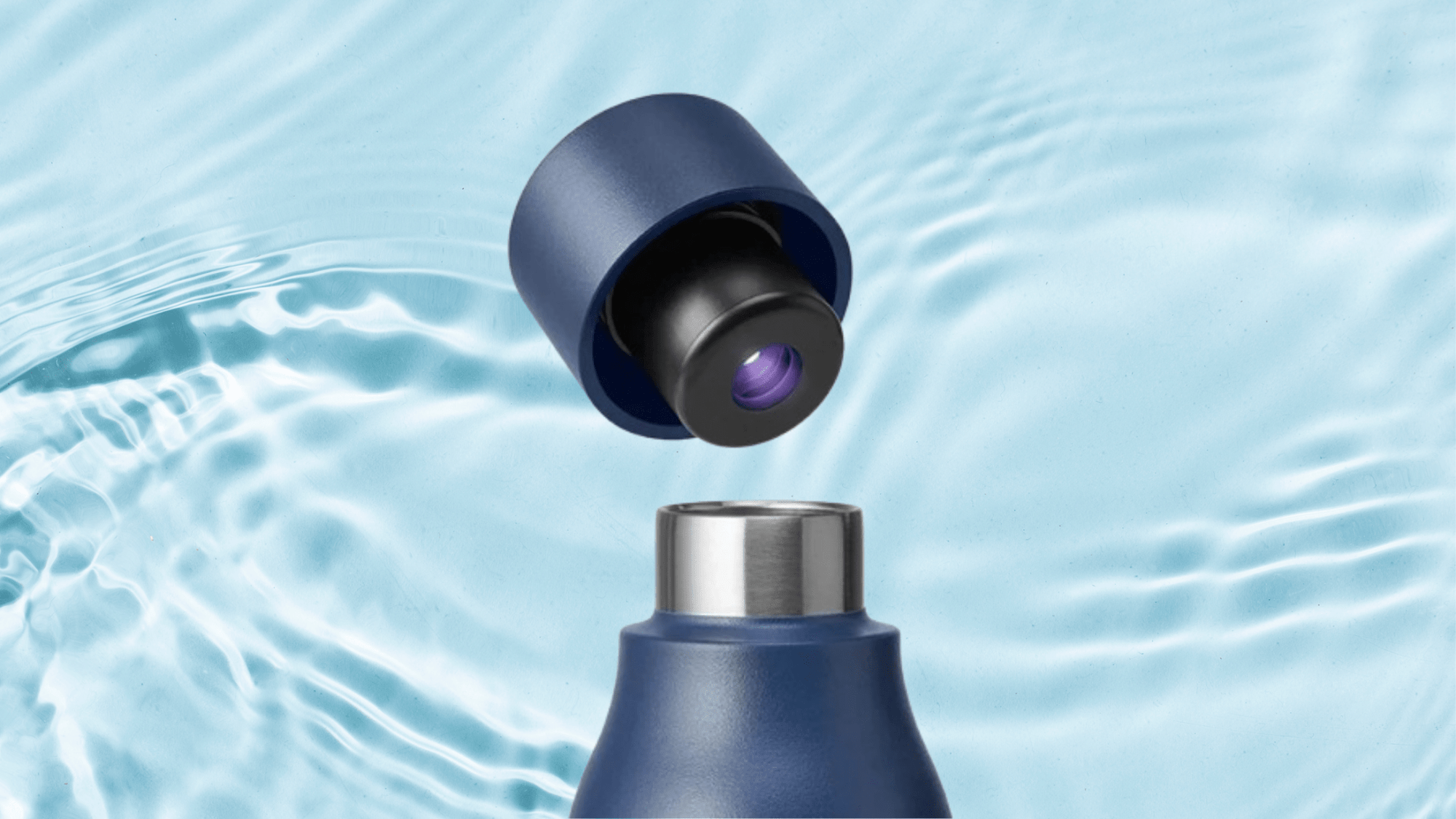Pickleball. It's no longer just a game your neighbors are playing in their driveway. With over 4.8 million players in the U.S. alone, the sport has surged in popularity, and it’s easy to see why. But what exactly is it about this quirky, fast-paced game that’s capturing everyone’s attention—from casual weekend athletes to pro-level competitors?
Let me tell you—it’s not just the funny name.
If you’re ready to level up your game (or just curious about what the hype’s all about), you’re in the right place. This guide will break down why pickleball is so accessible, how to get started, and a few insider tips that’ll have you dinking and slamming in no time.
What Is Pickleball?
At its core, pickleball is a paddle sport that combines elements of tennis, badminton, and ping-pong. Played with a perforated plastic ball and paddles, the game is typically played on a badminton-sized court with a lowered net. Singles or doubles, it doesn't matter—pickleball is for everyone.
And the best part? You can learn the basics in about 15 minutes. Seriously.
Why Is Pickleball So Popular?
You might be wondering: Why now? What’s turning so many people toward pickleball in a world full of sports options? It’s all about accessibility.
- Easy to learn, hard to master: You don’t need to be a seasoned athlete to start. Within a few games, you'll be comfortable with the rules. Yet, the skill ceiling is high enough that more competitive players find themselves constantly improving.
- Low barrier to entry: Equipment is simple—just a paddle and a ball. And the courts? Well, most community centers and parks now have pickleball courts popping up faster than ever.
- Low-impact, high reward: It’s perfect for all ages, especially those looking for a less physically demanding alternative to sports like tennis. But don’t be fooled—this game can still get intense!
In short, it's fun, friendly, and fiercely competitive if you want it to be.
How to Get Started
If you're sold on giving it a try, here's what you need to know to get started.
1. Pick the Right Gear
While you can pick up basic paddles and balls for under $40, it’s worth investing in quality gear as you improve. A good pickleball paddle should be light but sturdy, allowing for both finesse and power. Popular materials include composite or graphite. For beginners, composite paddles offer a good mix of control and power.
As for the ball, make sure you get one designed for the environment you'll be playing in. Indoor balls are softer and have fewer holes compared to the harder outdoor balls with more perforations. It makes a difference.
2. Learn the Rules
Pickleball rules are surprisingly simple:
- Games are played to 11 points (win by two).
- Serves must be underhand and hit diagonally.
- Only the serving team can score points.
- After the ball bounces once on each side, volleys (hitting the ball before it bounces) are allowed, except in the kitchen (a seven-foot zone near the net).
The “kitchen” rule is especially unique. It prevents players from camping out by the net, making the game more dynamic. You’ll learn to love—and hate—it.
3. Master the Basics
There are a few techniques you’ll want to focus on when starting:
- The serve: Keep it simple, aim for consistency over power. The underhand serve might feel awkward at first, but once you get it down, it becomes second nature.
- The dink: One of the most critical shots in pickleball is the dink—a soft shot aimed just over the net into the opponent’s kitchen. It’s all about placement.
- The volley: Once you get the hang of the groundstrokes, try taking the ball out of the air. Volleys speed up the game and are often key to winning points.
Insider Tips for Pickleball Success
1. Focus on Placement Over Power
You don’t need to hit the ball as hard as you can. Instead, aim for control and precision. Seasoned players often use gentle taps to move their opponents around the court, waiting for the perfect moment to go for a winner.
2. Stay Out of the Kitchen!
That kitchen line will become your best friend or worst enemy. It’s tempting to step into the kitchen during a volley, but doing so is illegal unless the ball bounces first. Practice keeping your feet back while executing soft, controlled dinks to dominate the short game.
3. Communicate with Your Partner
If you’re playing doubles, communication is critical. Let your partner know when you’re going for a shot or covering a particular side of the court. Teams that communicate well tend to dominate the game.
4. Practice Patience
Pickleball can get fast, especially at the net. But don’t rush. Often, the winning strategy involves waiting for the right opportunity to attack rather than trying to end points too quickly. Build up to those power shots instead of relying on them right away.
Why Pickleball Might Just Be for You
Pickleball’s beauty lies in its simplicity and versatility. It’s not just for retirees looking for a casual game, nor is it solely for athletes seeking their next competitive challenge. Pickleball has found a sweet spot between accessibility and excitement, offering something for players of all ages and skill levels.
So, whether you're seeking a new way to stay active, a competitive outlet, or just a fun weekend activity with friends, pickleball might be the perfect fit. Give it a try—you might just get hooked.



